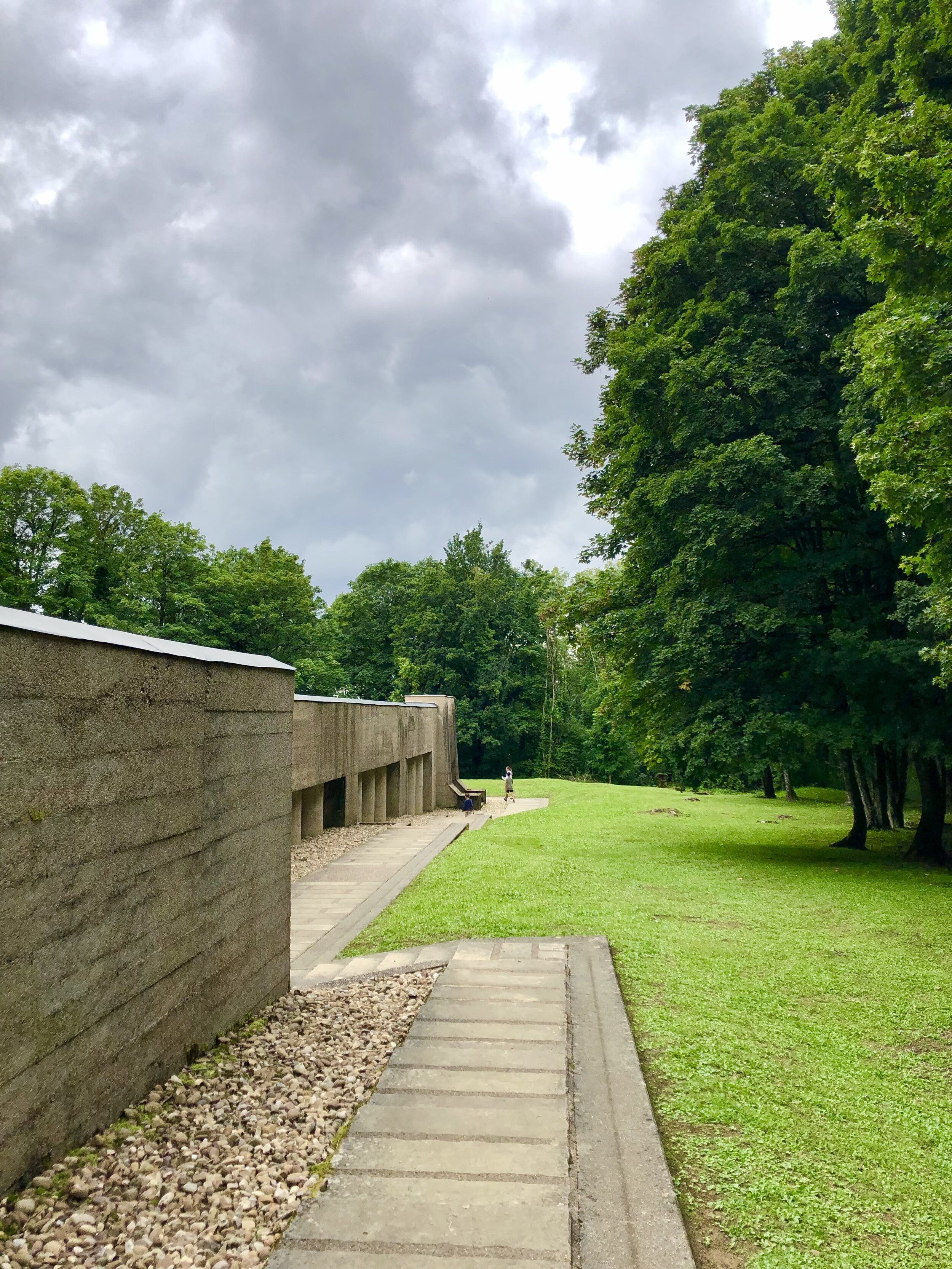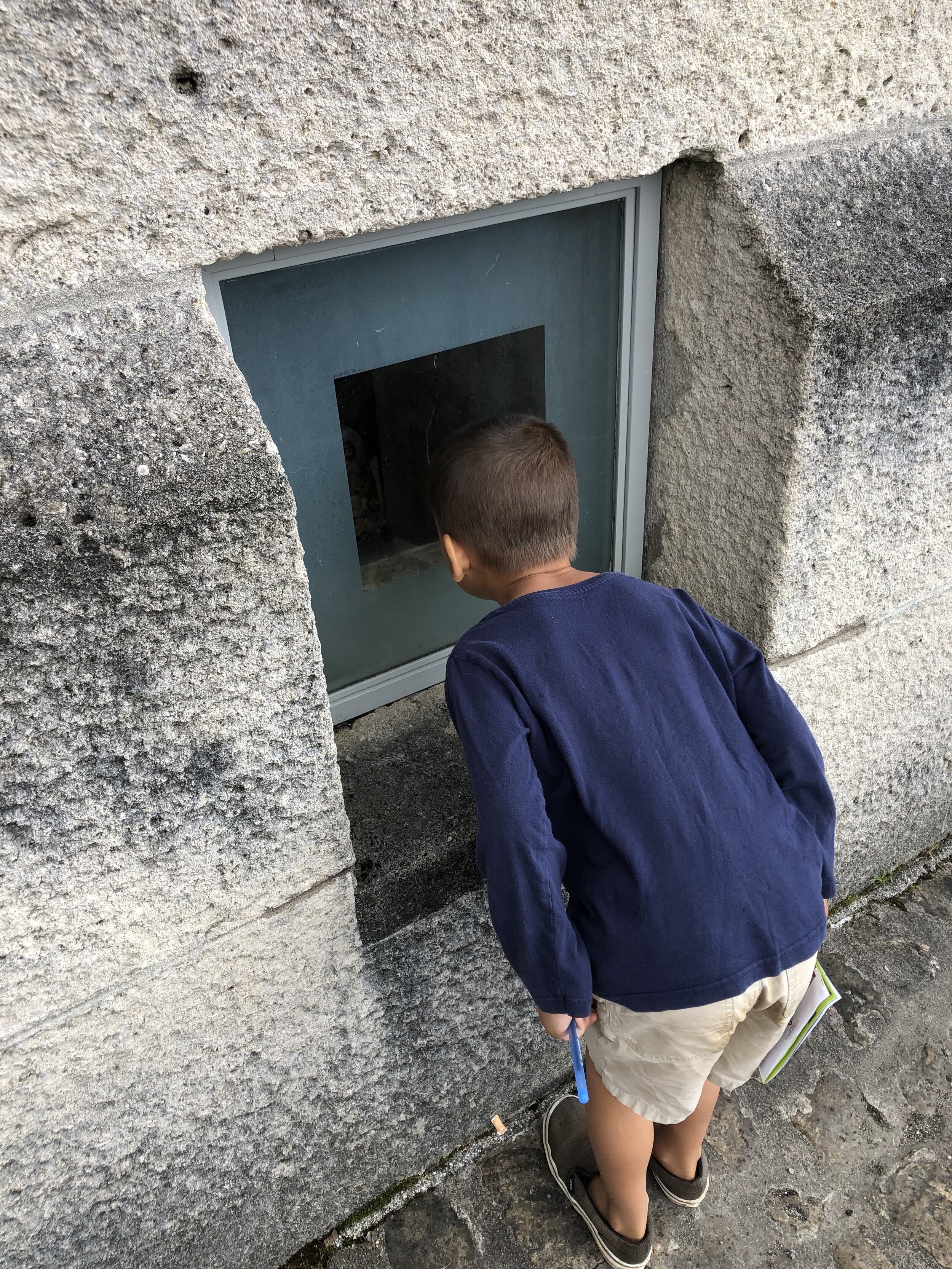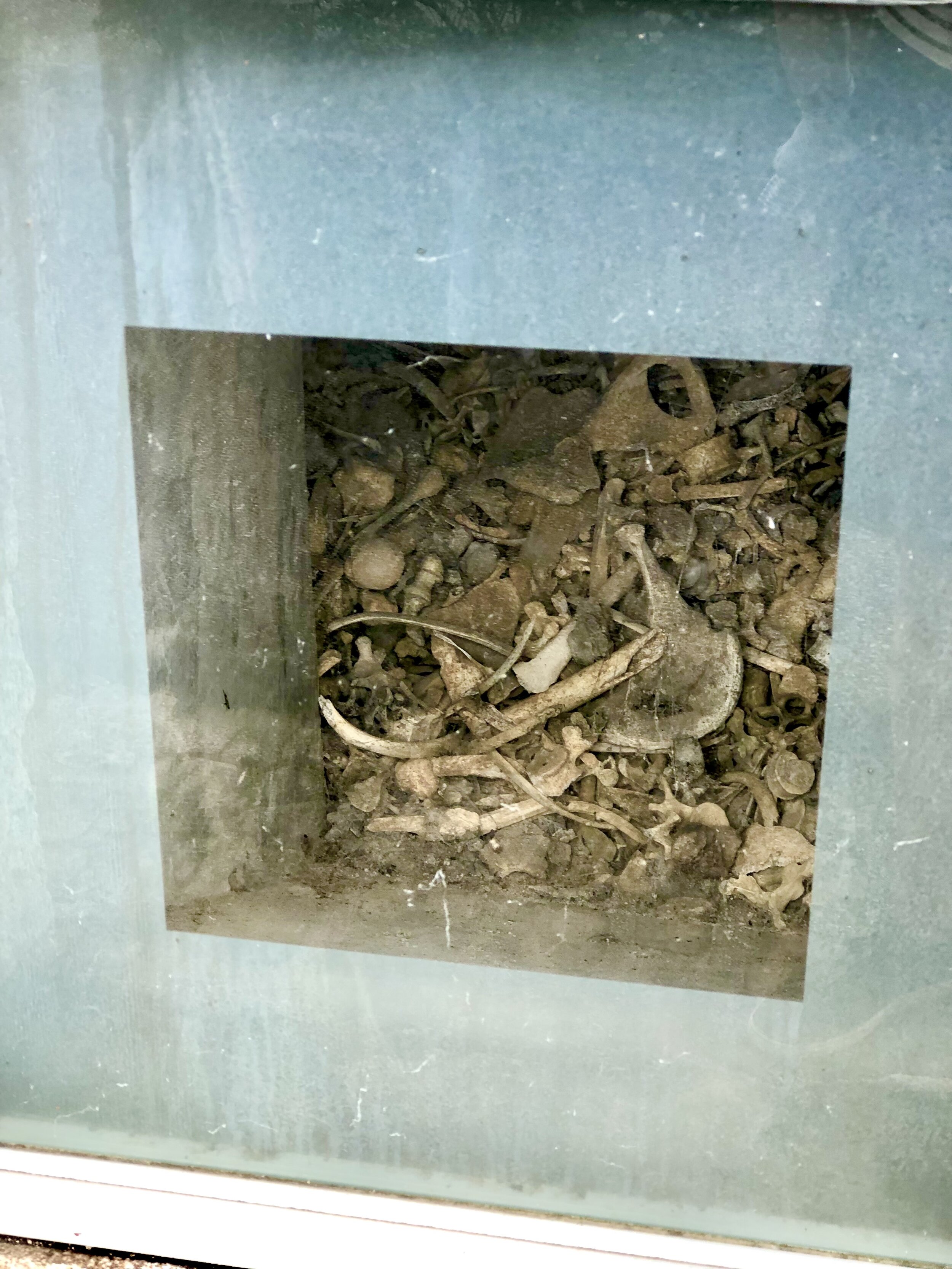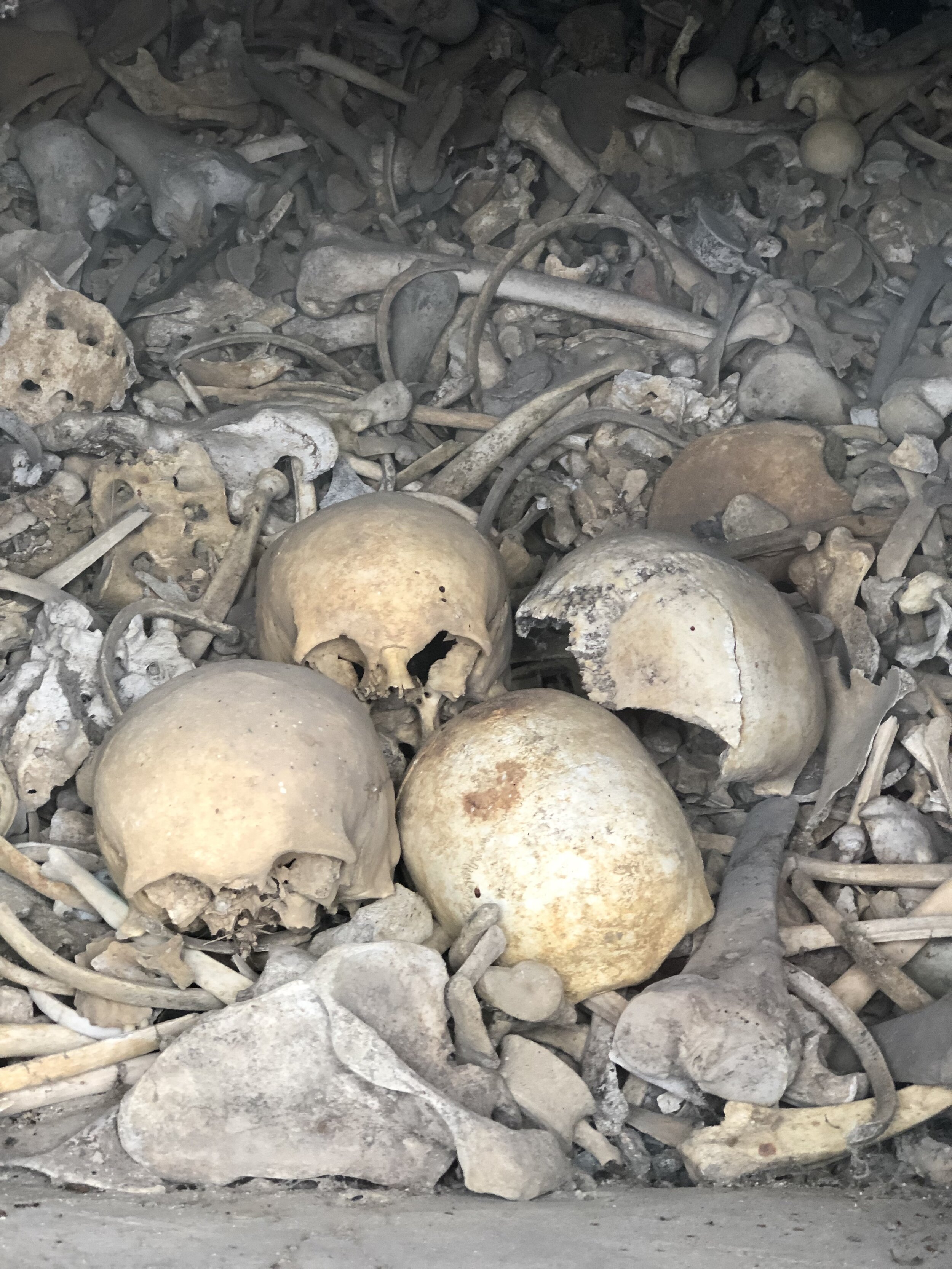Hackenberg Fort on the Maginot Line: A Family Tour of the Underground Bunker
After an afternoon spent visiting the historic sites of Verdun, our second day trip from Metz was a visit to the underground bunker Hackenberg, which was built as a fortification on the Maginot Line of defense roughly twelve years after WWI. Ouvrage Hackenberg is a 45-minute drive northeast of Metz, just 20km from the French-German border since the Maginot Line was a string of defensive sites intended to prevent against German or Italian invasion. I didn’t know quite what to expect at this underground fort, but I knew it was one of the largest bunkers on the line and I figured this experience would help my children and I grasp what the Maginot Line had been.
The drive was into verdant countryside on rural highways, finally zigzagging down into a green valley with signs guiding us the last 5km or so. There’s no street address, but we followed the route militaire into Veckring (57920). An American tank sits at the final turnoff, seemingly out of place in the pastoral setting.
Read More